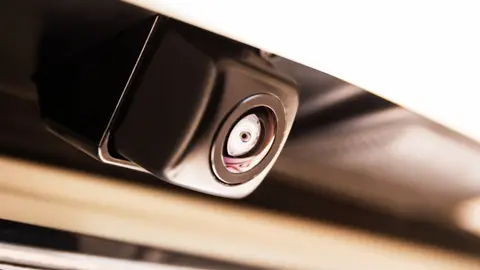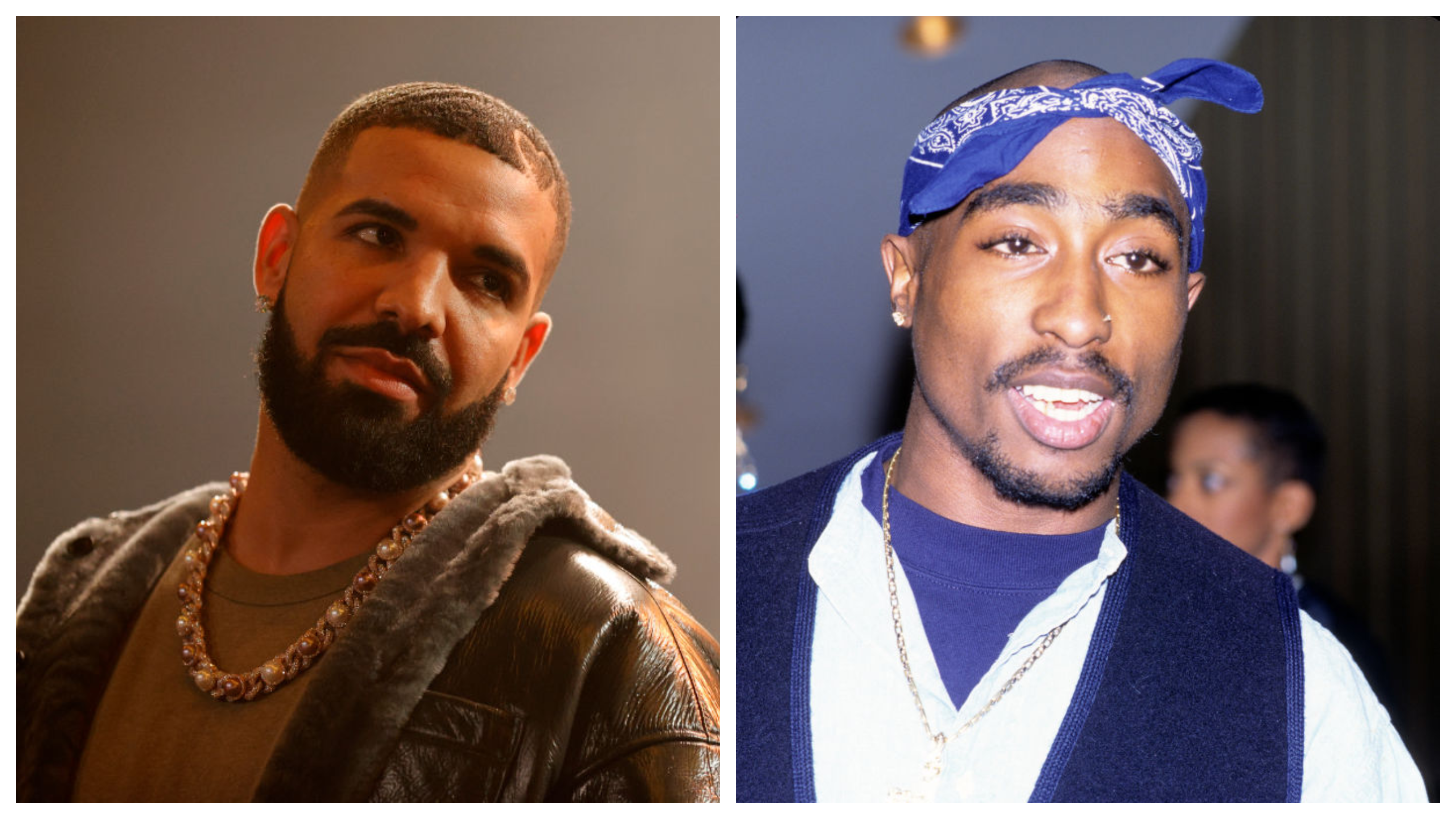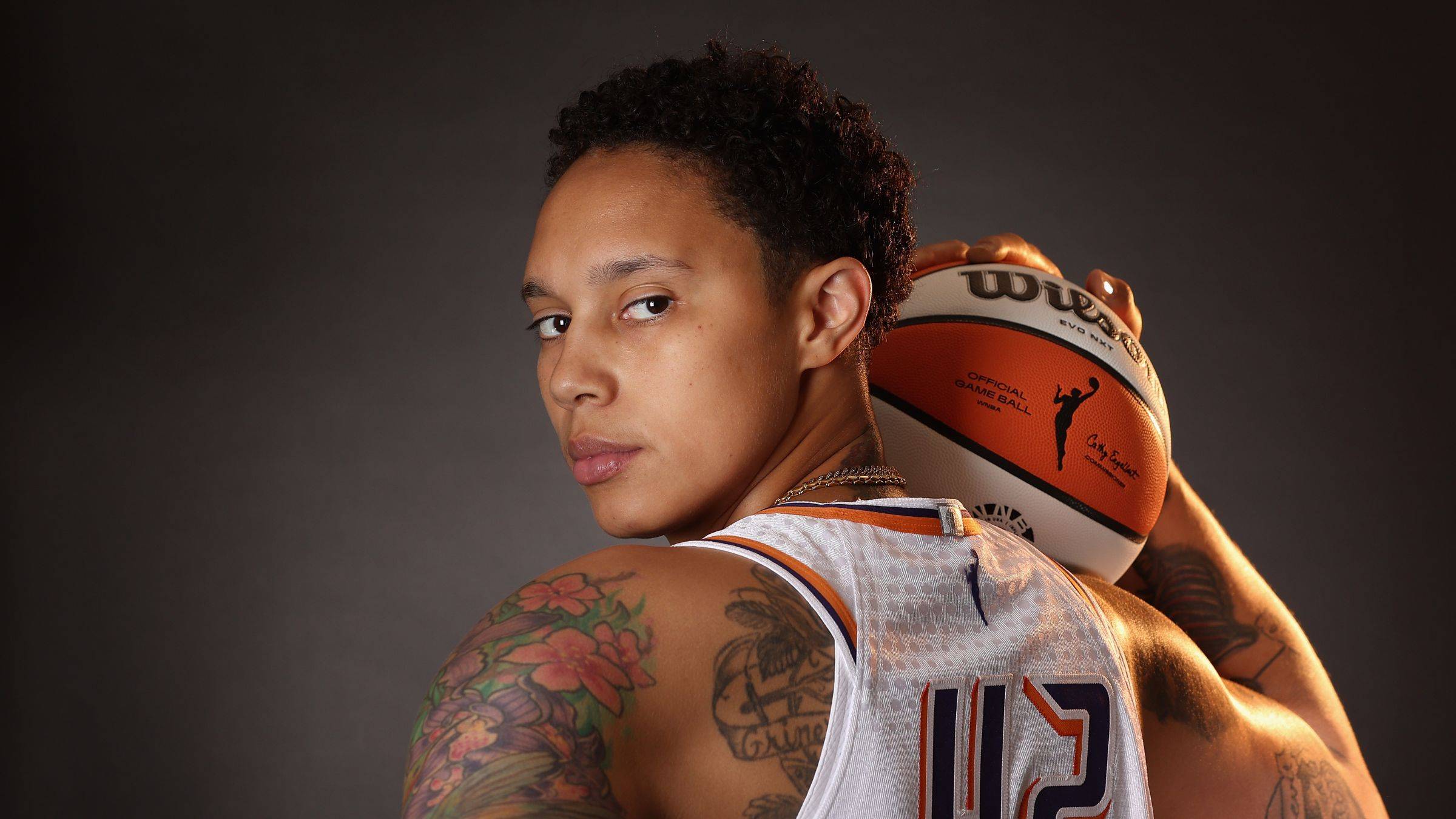Growing Numbers Of People Finding Hidden Cameras In Their Airbnbs Incites Concern Among Travelers

When it comes to traveling, the high costs of hotels and convenience of being in a local neighborhood have turned many people to the popular host site Airbnb. However, after several renters reported finding hidden cameras in the bedrooms of homes they've rented, some travelers have voiced concern.
Most recently, American archivist Jason Scott tweeted a photo on behalf of a colleague who found an internet protocol camera hidden in what appeared to be a motion sensor.
Scott's tweet went viral and prompted the company to respond to the allegations
In a statement to Buzzfeed News, Jeff Henry, an Airbnb spokesperson, said incidents of hidden cameras in guest's rooms are "incredibly rare."
"Cameras are never allowed in bathrooms or bedrooms; any other cameras must be properly disclosed to guests ahead of time," Henry said.
According to Henry, the host who had the hidden camera in their home was permanently banned from the site and Scott's friend was offered a full refund.
Although the company claimed the incident is extremely rare, other people have also found hidden recording devices in homes they've rented
While staying in a home in Florida, a couple from India found a hidden camera disguised as a smoke detector in the master bedroom. The incident, which occurred in October, resulted in homeowner Wayne Natt getting arrested and charged with video voyeurism, reported Fox News.
In a separate incident on New Year's Day of 2015, a couple discovered a hidden camera in the bedroom of a property they rented in Montreal. The incident prompted Airbnb to investigate and suspend the listing, reported the Observer.
The findings of hidden cameras in Airbnb properties may create fear; however, there are several ways to find hidden devices in future properties
Keith Roberts, a technician for Advanced Sweeping, a company that detects bugs for individuals and businesses, gave several tips to The Independent.
Here's what he said:
Look For Holes
“With cameras you should look for tiny holes, which is where the lens will be,” Roberts told the Independent. “Check common items: the back end of books, mirrors, light bulbs, house plants. Look in logical places; if someone was looking for information, they’d put a device in the lounge. If the person was a voyeur, they’d likely put a camera in the dressing down areas like the bathroom, shower room and bedroom."
Use A Flashlight
“Turn all the lights off and shine a torch [flashlight] slowly into every inch of the room – any camera lenses will reflect back the light," said Roberts.
Check Mirrors
“Put a fingernail up against the glass. In a real mirror, you can’t reach your finger in the reflection. But if you can touch your own finger in the reflection, that’s a problem. It’s a strong indication that it’s a two-way mirror," said Roberts.
Look For Open Webcams
“Most hosts generally allow you access to their local network via Wi-Fi. Use @fingapp to scan the network for IP cameras. Not a full proof [sic] method of detection but can give an indication," Roberts said.





